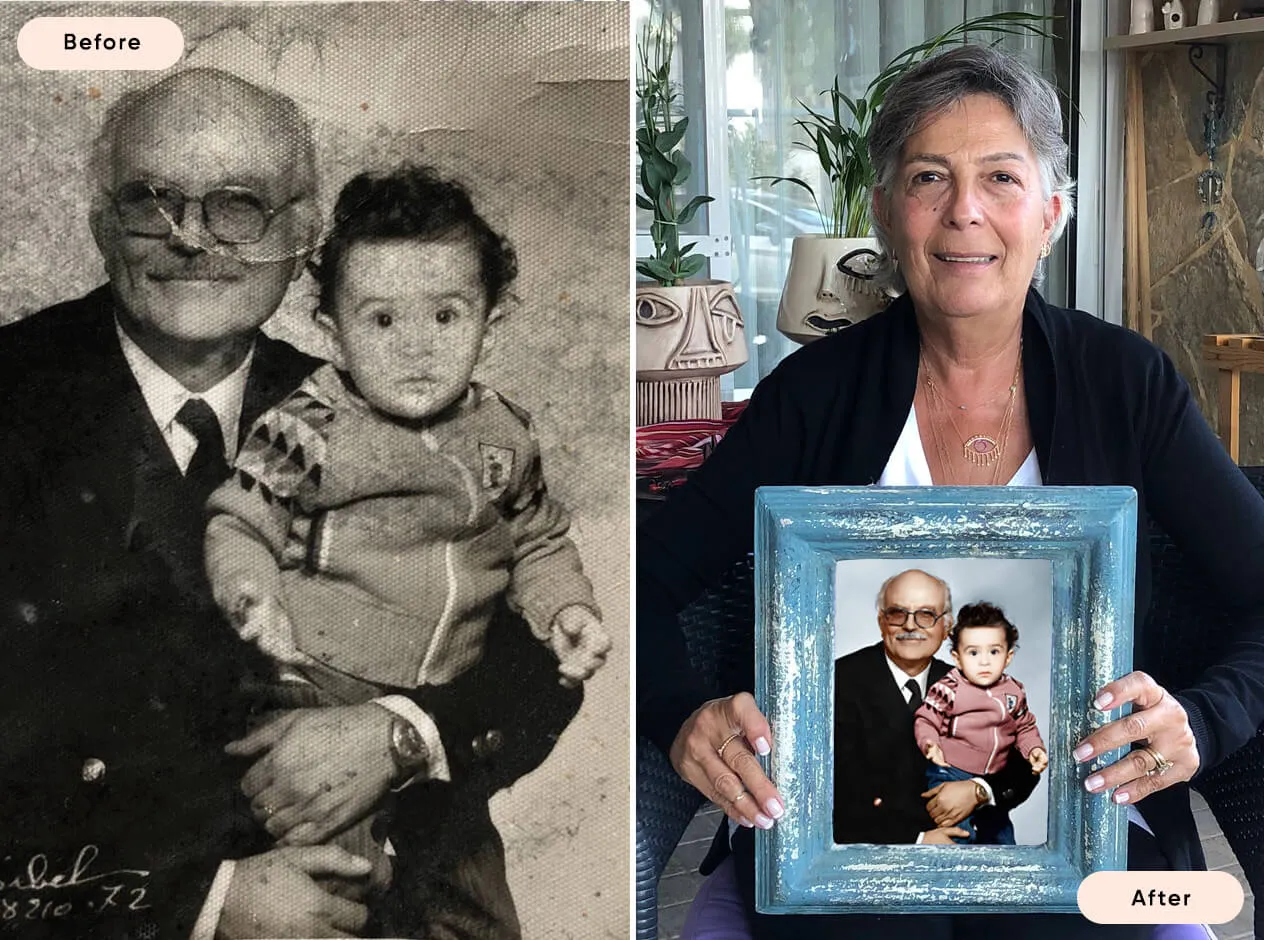Portrait Photography
Portrait photography is an art form that focuses on capturing the personality, expression, and mood of a person or group of people. It involves more than just taking a simple snapshot; it requires an understanding of lighting, composition, and the ability to connect with the subject. In this article, we will explore what portrait photography is, when to use the portrait technique, the essential gear needed, and a step-by-step approach to capturing stunning portrait photos.
What is Portrait Photography?
Portrait photography is the practice of capturing a person or group's likeness, often highlighting their face, expression, and personality. The goal is to tell a story or convey the essence of the subject. Portraits can be candid or posed, and they can range from formal studio shots to casual outdoor scenes. This genre of photography is used in various contexts, including personal, professional, artistic, and commercial purposes.
When is the Portrait Technique Useful?
Portrait photography is useful in numerous situations:
Personal Portraits: Capturing milestones such as birthdays, graduations, and family gatherings.
Professional Headshots: Creating images for business profiles, resumes, and corporate websites.
Modeling and Fashion: Showcasing clothing, accessories, and makeup in a visually appealing manner.
Artistic Expression: Exploring creative concepts and themes through stylized portraits.
Documentary and Street Photography: Capturing candid moments that tell a story about the subject's life and environment.
Essential Gear for Portrait Photography
To achieve high-quality portrait images, certain gear is essential:
Camera with Manual Controls: A DSLR or mirrorless camera with manual settings for controlling exposure, focus, and other parameters.
Prime Lens: A lens with a fixed focal length, such as 50mm or 85mm, provides a wide aperture for a shallow depth of field, resulting in beautiful background blur (bokeh).
Lighting Equipment:
Natural Light: Utilizing natural light can create soft and flattering portraits.
Artificial Light: Off-camera flashes, softboxes, and reflectors help control and shape light.
Tripod: Ensures stability and consistency, especially in low light or long exposure situations.
Reflectors and Diffusers: Reflectors bounce light back onto the subject, while diffusers soften harsh light.
Backgrounds: Seamless paper, fabric backdrops, or natural settings provide a clean and controlled environment.

How to Capture Portrait Photos: A Step-by-Step Approach
Follow these steps to capture stunning portrait images:
Understand Your Subject: Spend time getting to know your subject, their personality, and what they want to convey in the portrait. Establishing a connection helps them feel comfortable and relaxed.
Choose the Right Location: Select a location that complements the subject and the desired mood of the portrait. This can be a studio, an outdoor setting, or an indoor space with good natural light.
Set Up Your Gear: Position your camera, lens, and lighting equipment. Ensure the background is clean and free of distractions.
Use Manual Mode: Switch your camera to manual mode to control exposure settings. Set a low ISO (100-400) to reduce noise and maintain image quality.
Select Aperture and Shutter Speed:
Aperture: Choose a wide aperture (f/1.8 to f/4) to achieve a shallow depth of field and beautiful bokeh.
Shutter Speed: Use a fast shutter speed (1/125 or faster) to prevent motion blur and ensure sharp images.
Position Your Subject: Guide your subject into a comfortable and flattering pose. Consider their body language, facial expression, and the overall composition.
Focus on the Eyes: Ensure the eyes are in sharp focus, as they are often the focal point of a portrait. Use single-point autofocus or manual focus for precision.
Control the Light: Adjust your lighting setup to create the desired effect. Use reflectors to fill in shadows and diffusers to soften harsh light.
Capture Multiple Shots: Take a variety of shots, experimenting with different angles, compositions, and expressions. This increases the chances of capturing the perfect portrait.
Review and Adjust: Check your images on the camera’s LCD screen. Make any necessary adjustments to exposure, composition, and focus.
Post-Processing: Edit your photos using software like Adobe Lightroom or Photoshop. Adjust exposure, contrast, saturation, and sharpness. Retouch any blemishes and enhance details to create a polished final image.
Conclusion
Portrait photography is a versatile and rewarding genre that allows you to capture the essence and personality of your subjects. By understanding the techniques, using the right gear, and following a structured approach, you can create stunning portraits that tell a story and evoke emotion. Whether for personal, professional, or artistic purposes, mastering portrait photography will enhance your skills and enable you to create memorable and impactful images.

Or Get YourMoney Back
back your money in the rare case you are not satisfied with the quality of your
damage-free pictures. Only $38 for most image restorations regardless of damage

All rights reserved.